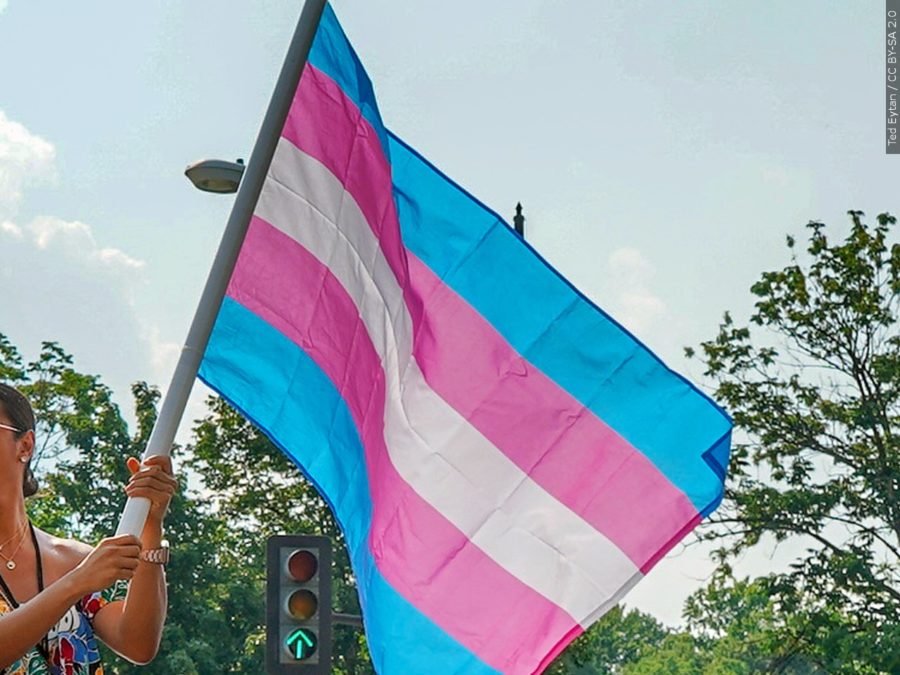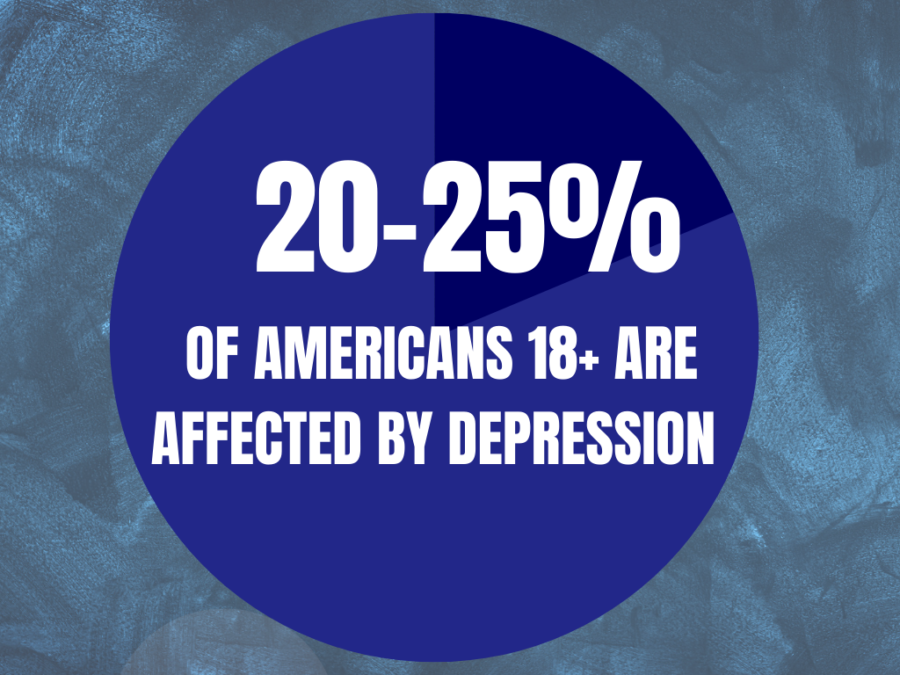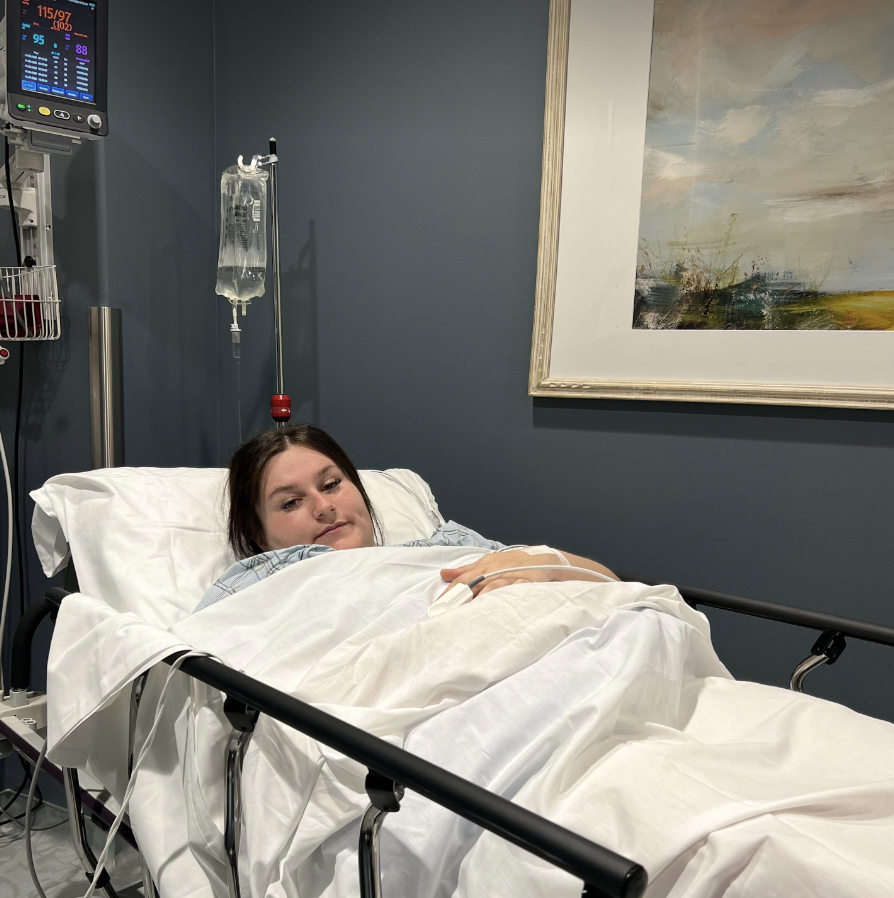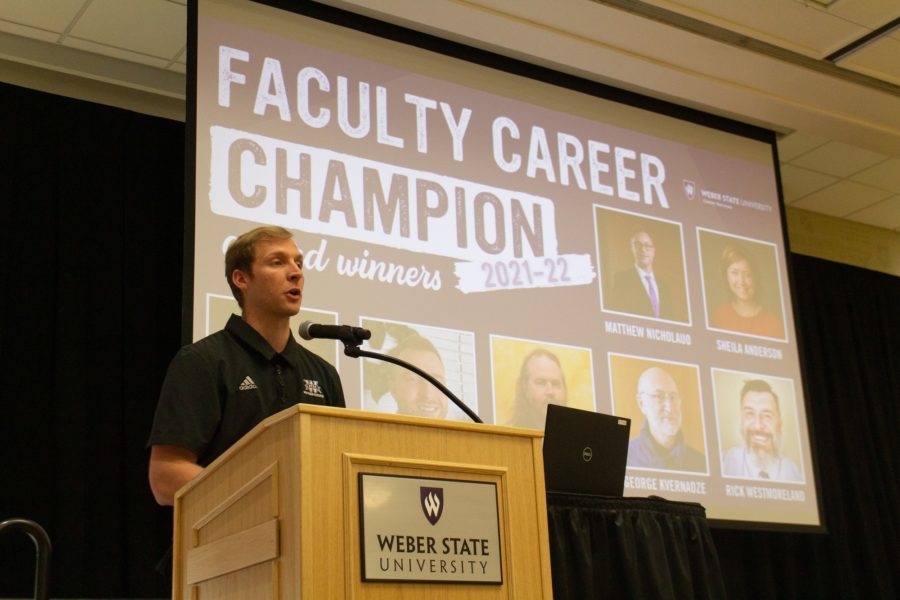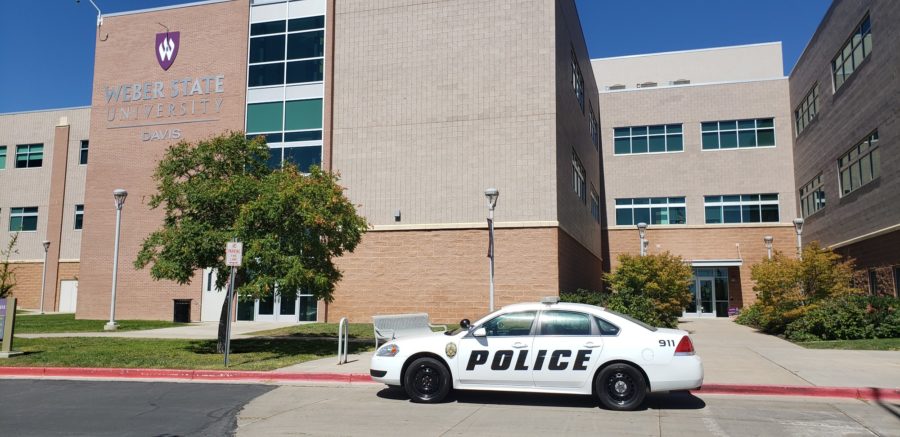
Weber State University houses new artifacts from an archaeological dig in which WSU anthropology students participated. These artifacts are helping the anthropology department discover new information about prehistoric Native American cultures.
The team, led by WSU anthropology professor Brooke Arkush, dug a large L-shaped trench at the site and went level by level into the ground to recover artifacts. Each level represented a different period of time in which artifacts were deposited. The area the team went to, Bobcat Rock Shelter, located in Birch Creek Valley of Eastern Idaho, has been settled by Aboriginal peoples for thousands of years and produced a large amount of artifacts for the WSU team.
“I just wanted to get some first-hand experience,” said Alina Winters, a WSU senior. “I’ve learned a little bit about the Native Americans around here, so the archaeology of this area was very interesting to me.”
Students like Winters were tasked with recovering the artifacts and learning how to properly categorize them.
“We would just go level by level and get the artifacts and take notes,” she said.
Winters talked about the first-hand experience she gained from working at the Bobcat site.
“I know a lot of undergraduate programs don’t even have the opportunity,” Winters said. “You’d have to go out and look for it on your own. The fact that Weber and Dr. Arkush have this program for people to get experience is great.”
The area the team went to has been excavated since the 1960s. Artifacts found there and at other sites are taken back to WSU, where students help to process, clean and catalog them. These artifacts are then used to produce reports about human behavior. Afterward, the artifacts are kept at WSU for future study or returned to the sites.
Arkush works specifically to glean information about Native American settlement systems and sustenance from the archaeological digs he examines.
Working on these sites, Arkush and his students can come across new information about prehistoric cultures that can be put into department reports. In the last four years, Arkush and his students have recovered pottery from the Promontory culture that contained traces of corn. This is significant, as only the Fremont culture, which existed in the same time period, was known to engage in small-scale farming.
“As far as I know, no Promontory pottery has yet shown the presence of maize pollen or maize starch like our study showed that the Promontory did,” Arkush said. “So that is something new and different in the local prehistoric record.”
Arkush said students who participate get a lot of hands-on experience in areas such as soil analysis, interpreting artifact patterns, mapping archaeological data, and proper excavation techniques.
“They really do acquire a number of marketable skills that qualify them to work as technicians in archaeological projects,” he said.
Six students from Arkush’s class participated in the dig. They have continued to work with the artifacts after recovering them by doing the cleaning, processing and cataloging required to preserve the materials and get information from them about life in prehistoric America.





